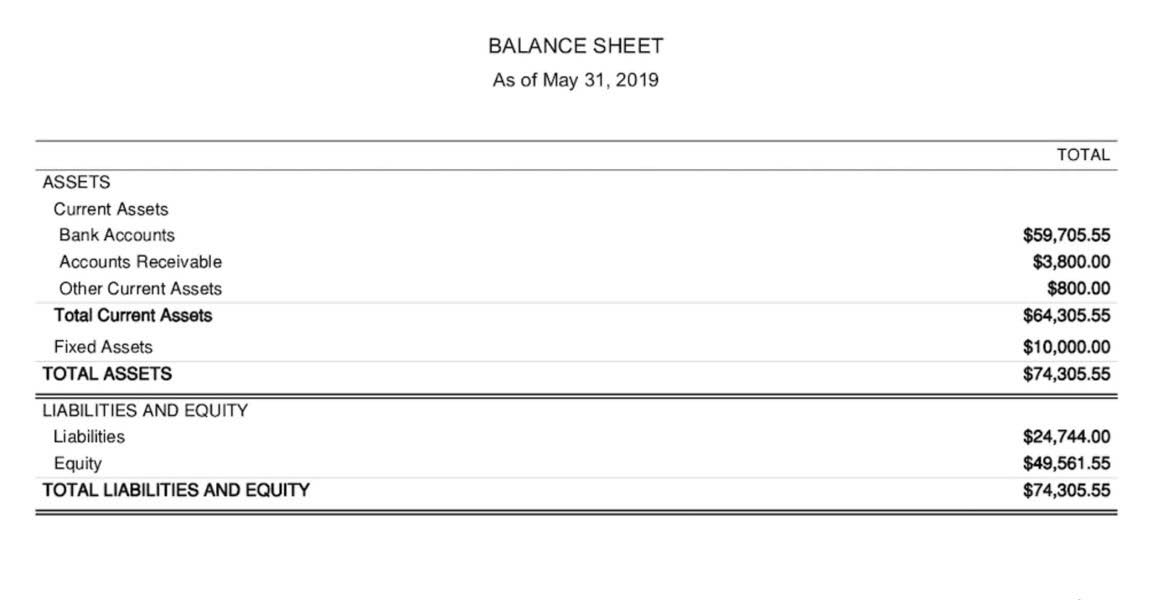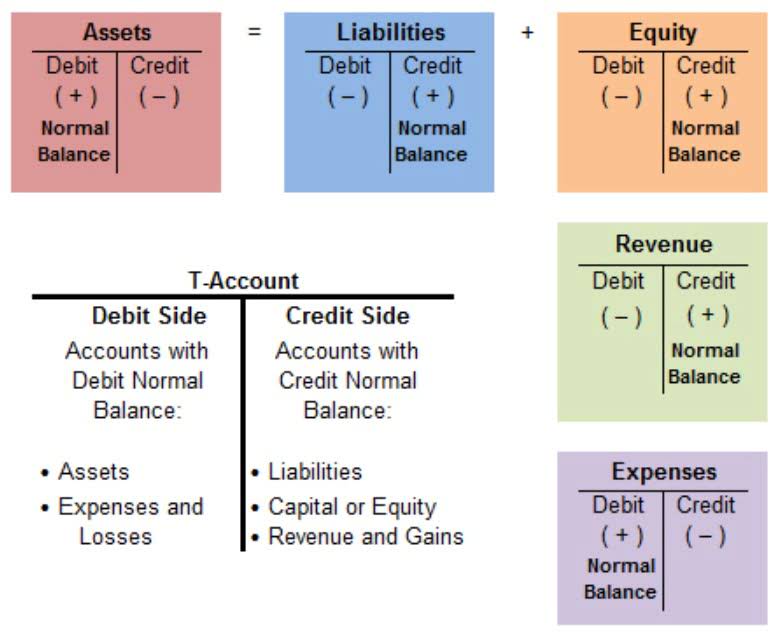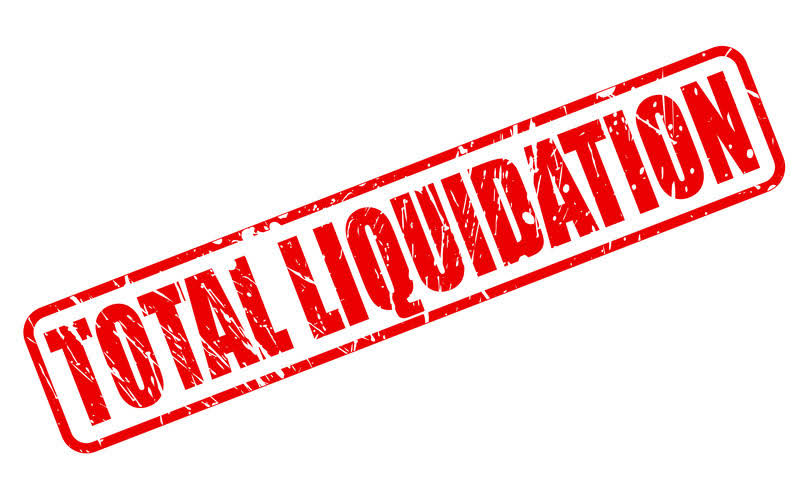
The first step in calculating the incremental cost is determining how many units you want to add to your normal production capacity. Incremental costs are additional expenses a business spends to expand production. It is the total amount of money paid for producing an additional unit of a product. The incremental cost of offering a free coffee after ten purchases includes the coffee beans and milk. But the incremental benefit—customer retention and word-of-mouth marketing—far outweighs this cost.

What Are the Two Stages of Allocation in Activity-Based Costing?
The incremental costs will be influenced by variable and fixed costs. A fixed building lease, for example, does not alter in price as output increases. The fixed cost will be reduced in comparison to the cost of each unit made, enhancing your profit margin for that product. A variable cost is a specific material utilized in production because the price increases as you order more. Bulk orders are frequently discounted, introducing a variable into your incremental calculation.
Allocation of Incremental Costs

Only variable costs are included when you calculate incremental cost. Fixed costs do not change when additional units are https://www.bookstime.com/ produced, so they should be excluded. Suppose a manufacturing company is contemplating expanding its production capacity. By incorporating incremental cost analysis, the company can assess the additional expenses involved in increasing production and compare them with the expected increase in revenue.
Understanding Incremental Cost
- Remember that context matters, and a holistic view of costs and benefits ensures better decision-making.
- It has lowered as some of your fixed costs have already been covered by your normal production volume.
- The calculation is used to display change in cost as production rises.
- Imagine an e-commerce platform adjusting ad spending based on incremental conversion rates.
- For example, if a company pays its employees the lowest possible wage per hour, it will lower their incremental cost.
- However, incremental cost refers to the extra cost incurred as a result of the decision to expand output.
Include material, labor, transportation, etc. required to sustain the base case output. When the two are compared, it is evident that the incremental revenue exceeds the incremental cost. So, you get a profit of $4,000,000 by deducting the incremental cost from the incremental revenue. Marginal cost is an economics and managerial accounting concept most often used among manufacturers as a means of isolating an optimum production level. Manufacturers often examine the cost of adding one more unit retained earnings balance sheet to their production schedules.
- On the other hand, the average cost is the total cost of manufacturing divided by the total units produced.
- An incremental cost is the difference in total costs as the result of a change in some activity.
- It is often computed when a corporation creates enough output to cover fixed costs and has progressed past the breakeven threshold, where all future costs are variable.
- In other words, the only thing that determines incremental costs is production volume.
- The average cost may be different from marginal cost, as marginal cost is often not consistent from one unit to the next.
- It’s the cost incurred beyond the status quo—a shift from the familiar to the slightly altered.
Incremental Manufacturing Cost Example

The amount of marginal cost varies according to the volume of the good being produced. The change in the quantity of units is the difference between the number of units produced at two varying levels of production. Marginal cost strives to be based on a per-unit assumption, so the formula should be used when it is possible for a single additional unit to be produced. Getting all relevant information about your operational expenses lets you know whether you are in the right financial state incremental cost to cover additional production costs before starting any project. Incremental cost analysis will save you from engaging in unprofitable business ventures that can ultimately damage your financial state. Always consider the relevant factors, time horizon, and assumptions when applying it to real-world scenarios.
